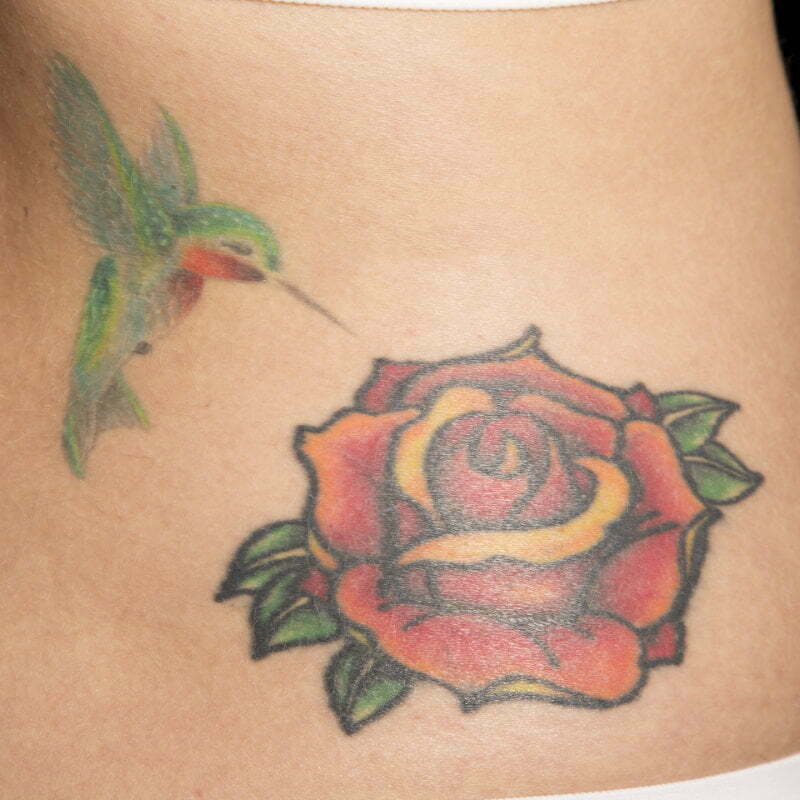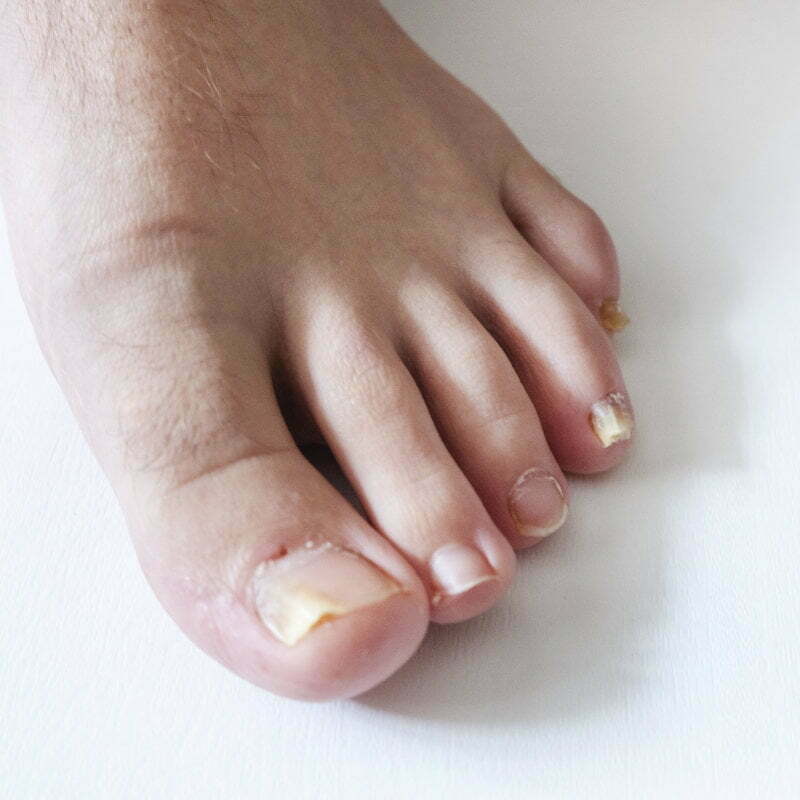Microplasma facial treatment for non-invasive facial resurfacing and skin tightening

Choose me for Alma Microplasma treatment and benefit from:
- Over 20 years facial aesthetics, anti-aging and laser experience
- One of the UK's very few clinicians approved to perform this treatment
- Onsite laser trainer at some of the UK’s largest laser clinics
- Bespoke and precise treatment matched to your needs
- Beautiful, relaxing and discrete skin clinic near High Wycombe, Oxford, Thame and Marlow
- Get stunning results
- Free 60 minute expert consultation
- Multi-session discounted prices
- Excellent 5* patient rating on Google Business and Pabau
For enquiries or to book a free consultation, call me on 07979 652460

Alma Microplasma treatment description:
Alma Microplasma Treatment is an innovative skin resurfacing technology that uses fractional radiofrequency (RF) energy to rejuvenate the skin. It effectively treats a variety of skin concerns, including fine lines, wrinkles, acne scars, and uneven skin texture.
Good for:
Suitable for all skin types (I-VI)
Age-related skin imperfections including wrinkles, fine lines, sagging skin and poor texture.
Treatments Required
On average 3 treatments are recommended for photo-damaged skin
On average 5 treatments are recommended for severe texture damage such as acne scarring or deep set wrinkles
Treatment Intervals
Once every 4 weeks
Downtime
Usually between 5-10 days downtime can be expected, depending on the settings used. Redness, swelling, and dryness is normal following this treatment.
Microplasma treatment prices
Treatments include a free initial 60 minute expert skin assessment
Benefit from 20% discount for multiple courses
| Area | Single | Course of 3 | Course 5 |
|---|---|---|---|
| Test Patch | £50* | ||
| Full Face | £300 | £810 | £1200 |
| Neck | £150 | £405 | £600 |
| Chest | £350 | £945 | £1400 |
| Hands | £120 | £324 | £480 |
| Lips & Eyes | £100 | £270 | £400 |
| Small Scars | £60 | £162 | £240 |
Products recommended
Cleansing Gel, Conditioner, Nimue Day and Nimue Night, Or Day Fader and Night Fader, Exfoliating Enzyme, Anti Ageing Eye Cream, Hydro Lip Therapy, Active Lotion or Active Gel, SPF 40
Microplasma treatment explained
The treatment works by delivering controlled microplasma energy to the skin's surface. This energy creates micro-injuries that stimulate the skin's natural healing process, promoting collagen production and cellular renewal, resulting in smoother, firmer, and more youthful-looking skin.
Answers to my clients' most popular Microplasma questions
How how long are the sessions?
Treatments usually last between 30 and 60 minutes, but depend on the treatment area and patient's requirements. For optimal results, typically 3 to 5 treatments are recommended, ideally 4-6 weeks apart.
How long will it take to see the results?
Some improvement can be seen after the first treatment, with significant results developing over time as collagen production increases. The best results will be seen after the completion of your treatment series.
Can I combine Alma microplasma with other treatments?
Yes, microplasma can be combined with other treatments such as injectables, laser therapies, and chemical peels to enhance overall results. I will discuss a recommended personalised plan during your initial free consultation.
Is the treatment painful?
The procedure itself is not too uncomfortable, however after treatment heat and swelling similar to sunburn will be present.
Is the treatment safe?
Yes, Alma's microplasma treatment is safe when performed by a qualified professional and is approved by the FDA. When administered correctly, minimal risk is involved, but there maybe some swelling and mild redness for a few days.
What is the recovery time?
Although you may experience redness and slight swelling for the first few days after the treatment, the recovery time is minimal - meaning you can return to normal activities within 24 to 48 hours.
Client satisfaction is very important to me
My tranquil boutique skin treatment studio












